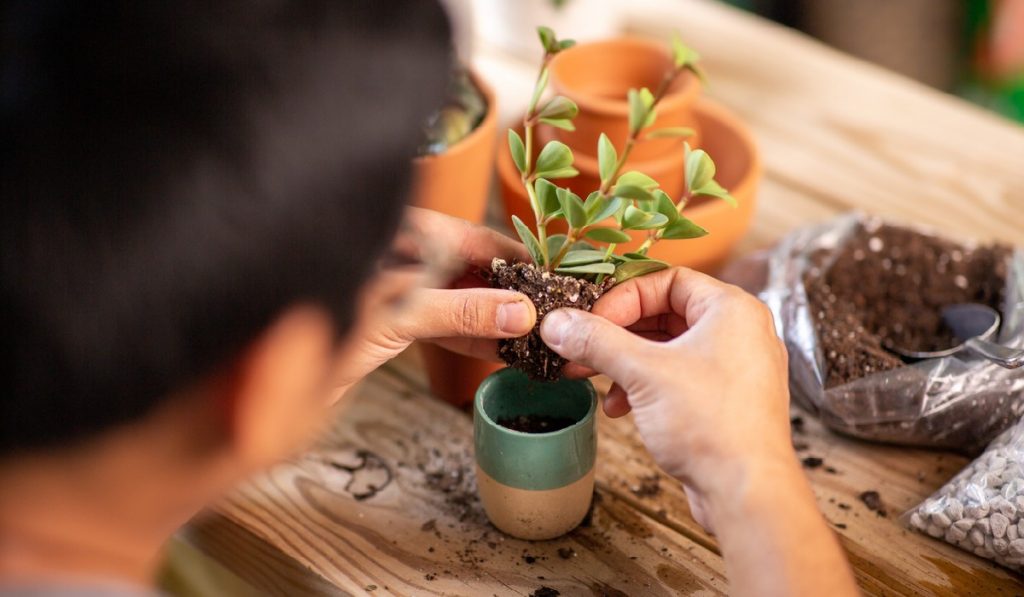How to Plant Your New Bonsai Tree

A bonsai tree is a beautiful and unique addition to any home, office, or garden. Before you can enjoy the beauty of your bonsai tree, you need to take some time to learn about the right way to plant and care for it. With a little bit of knowledge and the right gardening tools, you can have a healthy and thriving bonsai tree that will last for years to come.
CHOOSING YOUR BONSAI TREE
The first step in planting your bonsai tree is to choose the right tree for the space you have available. There are many different kinds of bonsai trees, so it’s important to do some research to find the one that will work best in your space. Once you’ve chosen the right tree, it’s time to get started on the planting process.
SOIL AND CONTAINER PREPARATION
One of the most important aspects of planting a bonsai tree is to choose the right soil and bonsai tree pot. The container you choose should be no more than two or three times the size of the tree’s root ball. The soil you choose should be well-draining and loose so that the roots can easily spread out. You can use a good gardening tool set that includes a soil knife to loosen the soil around the roots before planting.
PLANTING YOUR BONSAI TREE
Once you’ve prepared the soil and container, it’s time to plant your bonsai tree. The best way to plant a bonsai tree is to start by digging a hole that is slightly larger than the tree’s root ball. Gently remove the tree from its container and place it in the hole, making sure that the roots are pointing downward. Fill in the hole with soil, being careful not to compact the soil too tightly around the roots. Water the tree well after planting.
WATERING AND FERTILIZING
Watering is one of the most important aspects of bonsai tree care. Bonsai trees should be watered regularly, but how often will depend on the kind of tree you have, the size of the pot, and the climate you live in. A good rule of thumb is to water your bonsai tree when the soil feels dry to the touch. Overwatering can be just as harmful as underwatering, so be sure not to let your tree sit in water for extended periods of time. In addition to regular watering, bonsai trees also need to be fertilized on a regular basis. There are many different types of fertilizer available, so be sure to choose one that is specifically designed for bonsai trees.
LOCATION CONSIDERATIONS
When choosing a location for your bonsai tree, there are a few things you’ll need to take into consideration. The first is sunlight. Bonsai trees need direct sunlight for at least part of the day, so be sure to choose a location that gets plenty of sunlight. The second is temperature. Bonsai trees are sensitive to extreme temperatures, so be sure to choose a location that is protected from harsh winds or direct sun during hot summer days.
BONSAI TREE MAINTENACE
Once your bonsai tree is planted and established, there are a few things you’ll need to do to keep it healthy and thriving. First, you’ll need to prune your bonsai tree on a regular basis. Pruning helps encourage new growth and keeps your bonsai tree from getting too big for its pot. Second, you’ll need to repot your bonsai tree every few years. This helps refresh the soil and gives your tree a chance to grow new roots. Finally, you’ll need to watch for pests and diseases and take action if you see any signs of problems. By following these simple bonsai tree tips, you can enjoy your bonsai tree for many years to come.